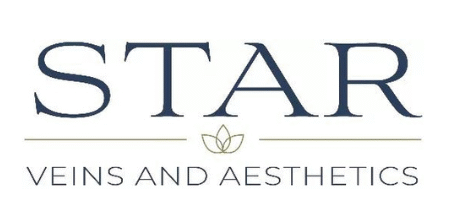Stages of Varicose Veins: What You Need to Know
If you’ve ever looked at your legs and noticed bulging, twisted veins or persistent aching, you might be witnessing the early stages of varicose veins. These enlarged veins aren’t just a cosmetic issue—they’re a sign that your veins aren’t functioning the way they should. Left untreated, varicose veins can lead to discomfort, skin changes, and even ulcers.
Dr. Gulshan Sethi, one of the best-rated vascular doctors on Long Island, offers comprehensive care for varicose veins and helps patients understand what stage they’re in—and what to do next.
What Are Varicose Veins?
Varicose veins occur when valves in your veins become weak or damaged, causing blood to pool instead of flowing efficiently back to the heart. The result? Swollen, rope-like veins—usually in the legs—that can be painful and unsightly.
Understanding the Stages of Varicose Veins
Knowing the stages of varicose veins can help you take action before they worsen. Here’s a simple breakdown:
Stage 1 – Spider Veins (Telangiectasia)
- Tiny red, purple, or blue veins just under the surface
- No pain, but may indicate early venous insufficiency
- Often treated with sclerotherapy or laser spider vein removal
Stage 2 – Enlarged Varicose Veins
- Bulging, twisted veins appear under the skin
- Symptoms include leg heaviness, fatigue, and mild discomfort
- This is when most people begin to notice a problem
Stage 3 – Swelling (Edema)
- Legs, ankles, or feet may swell by the end of the day
- Skin may feel tight or itchy
- Indicates worsening venous reflux
Stage 4 – Skin Changes
- Skin becomes discolored, dry, or flaky (often brownish in tone)
- Risk of inflammation or eczema-like symptoms
- Requires immediate evaluation
Stage 5 – Healed Ulcers
- Skin has previously broken down but has healed
- High risk of recurring open sores if underlying issues aren’t treated
Stage 6 – Active Venous Ulcers
- Painful open sores, usually near the ankles
- Serious complication of chronic venous insufficiency
- Needs expert intervention, such as radiofrequency ablation, Varithena, or laser therapy
Pro Tip: “Don’t wait for pain to take action. Varicose veins are easier to treat in their early stages—when symptoms are still subtle.”
What Causes Varicose Veins?
- Genetics
- Hormonal changes (pregnancy, menopause)
- Standing or sitting for long periods
- Obesity or lack of exercise
- Age-related valve weakening
How Dr. Gulshan Sethi Treats Varicose Veins in Long Island
Dr. Gulshan Sethi, a renowned vein specialist, offers advanced medical treatments for varicose veins at his Long Island vein clinic. His approach includes:
- Ultrasound-guided diagnosis
- Laser therapy and radiofrequency ablation
- Sclerotherapy for small veins
- Varithena foam treatment
- Personalized treatment plans for long-term relief
FAQs About the Stages of Varicose Veins
How do I know what stage my varicose veins are in?
Look for symptoms like swelling, skin discoloration, or ulcers. The earlier the stage, the less noticeable the symptoms.
Are all varicose veins dangerous?
Not all are dangerous, but they can progress. Early stages may be cosmetic, but later stages can lead to ulcers and chronic pain.
Can varicose veins go away without treatment?
No, they typically worsen over time. Treatments like laser vein therapy or sclerotherapy are required for lasting results.
How effective are the treatments?
Most modern treatments are 85–95% effective. See before and after results for real patient transformations.
Related Resources
- How do I get rid of varicose veins on my legs permanently?
- What is the new treatment for veins?
- Chronic Venous Disease Guide
Final Thoughts: Don’t Ignore the Stages of Varicose Veins
The stages of varicose veins aren’t just medical jargon—they’re warning signs from your body. Understanding what each stage looks like helps you take control before complications set in.
If you’re in or near Long Island, schedule a consultation with Dr. Gulshan Sethi and take the first step toward healthier legs.
Ready to take action?
Contact us today to schedule your vein screening and explore your best treatment options.

